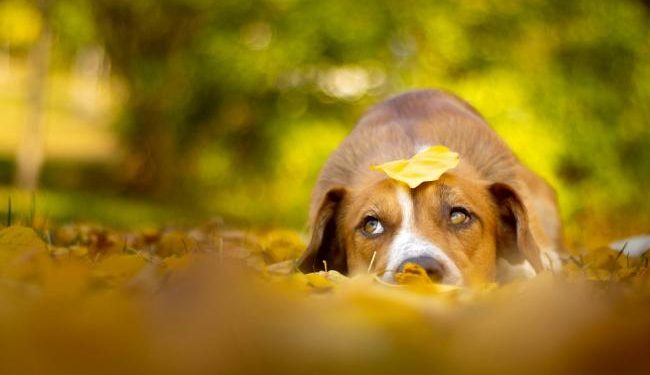
Studies show that nearly 80% of cats and dogs experience fear during fireworks displays, often hiding, shaking, or trying to escape. For over a third of pets, the stress continues long after the noise stops. Vets even report cases of animals becoming ill or dying due to panic.
Wildlife suffers too. Birds have been seen taking flight en masse at night, leading to exhaustion, collisions, or death. Hedgehogs, deer and other species are startled from their shelters, putting them at risk on roads or in unfamiliar areas.
The European Commission has just completed its review of the Pyrotechnics Directive (2013/29/EU), which sets EU-wide safety standards for fireworks and other explosive devices. The findings show both progress and new concerns:
- Animal welfare is now emerging as a recognised policy concern, with growing calls for quieter, eco-friendly fireworks or even outright bans.
- Safety has improved, with fewer fireworks failing quality checks than a decade ago, though over half inspected in 2024 were still non-compliant.
- Illegal fireworks remain a major issue, especially powerful professional-grade ones sold online without proper checks.
- Environmental and health impacts are increasingly worrying, as fireworks release toxic metals and chemicals into the air and water.
As awareness grows, we could soon see more restrictions on loud fireworks and incentives for greener, quieter celebrations.
This Halloween, let’s ensure our festivities bring joy, not fear, for humans and animals alike.









Discussion about this post